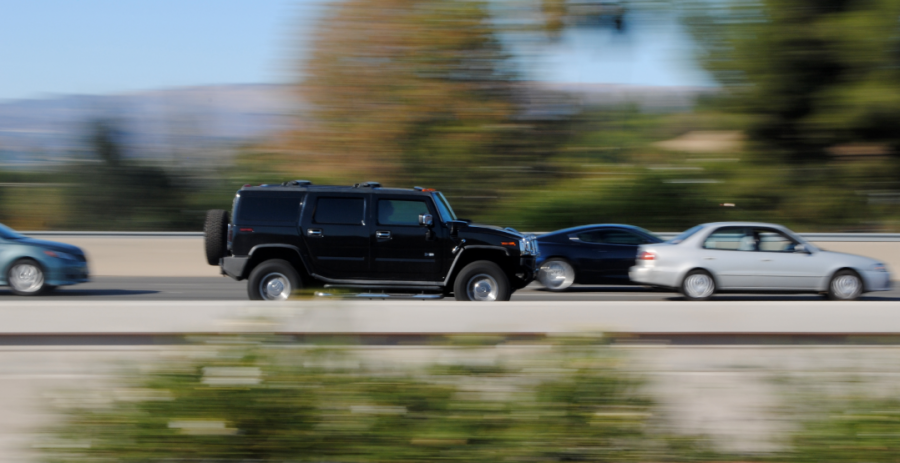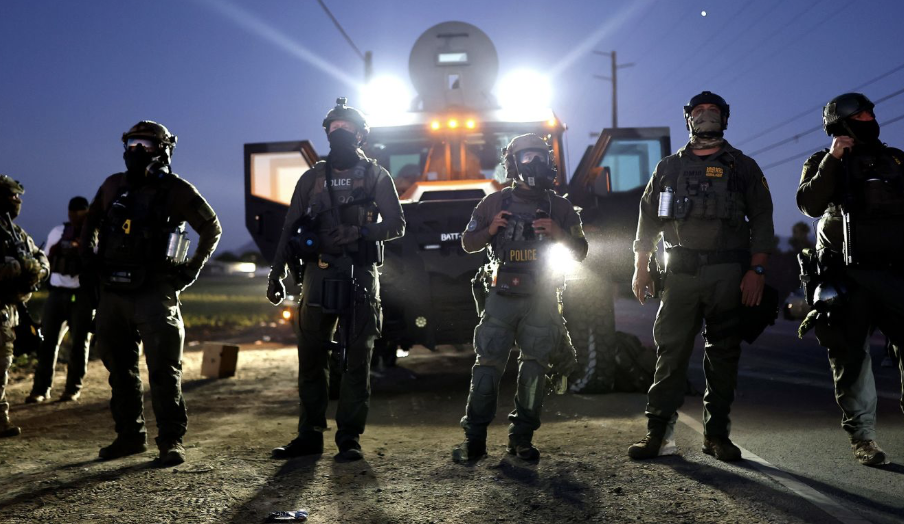In 2013 the Metropolitan Transportation Commission will construct a new toll road system on a portion of the Interstate 10, including the Los Angeles county. The revenue from the tolls will be used to improve the L.A. public transportation systems. The MTC will implement toll booths in the northern approach to the Golden Gate Bridge, northern San Mateo County and the San Francisco Bay Area, with the exception of the city of San Francisco.
“I expect the difference in traffic congestion to be very little,” said Calabasas resident Michael Canter. “I think [people] might save a few minutes on the freeway, but there will be no extreme change.”
The purpose of the toll road is to improve traffic congestion on the I-10. L.A. officials expect that some drivers will be less inclined to pay the toll booth sum and will not take the freeway, reducing congestion during peak traffic hours. However, streets that parallel the I-10 could become heavily congested from the cars that are not willing to pay the toll fine. In order to keep traffic at a steady pace on the freeway, the MTC has implemented High Occupancy Toll lanes, or HOT lanes.
These lanes are designed to keep traffic moving at a quick rate so that drivers will not have to slow down in line at a toll booth. In order to use a HOT lane, drivers must buy a transponder, which they can attach to their car. When they pass through the lanes they will be electronically charged the toll rate by sensors on the freeway rather than paying up front to the worker in the toll booth on the spot.
To prevent drivers from driving on the HOT lanes who have not acquired transponders for their vehicles, the MTC will place cameras on the highway. These cameras will take pictures of license plates of cars whose transponders do not activate. These license plates will be tracked and a bill of the toll will be mailed to the driver.
The price of the toll will range from 25 cents to $1.40 per mile depending on traffic congestion at the time. According to the MTC, the toll will lead to an estimated $20 million in revenue during its first year. A federal grant of about $210 million will be the main source of funding for the project.
“In an era of budget cuts I think that a lot of cities have gone to toll roads for bridges and highways to help keep up the maintenance cost,” said history teacher Lance Novak. “California is just catching up with [everyone else].”
Officials will consider implementing other toll booths on the I-10 if traffic congestion decreases significantly.








